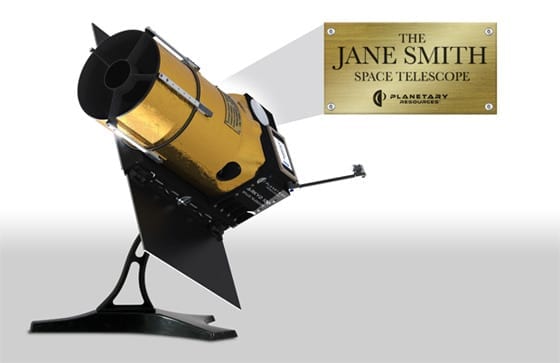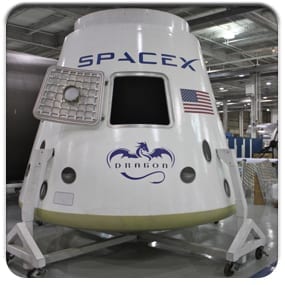 As always, OWC is keeping an eye on space exploration news, and let’s just say it’s been an exciting week. Not “hey, the aliens are here and they’ve ended all war and cured all disease!” exciting, but in the past week there has been a bunch of news that is sure to stimulate our imaginations.
As always, OWC is keeping an eye on space exploration news, and let’s just say it’s been an exciting week. Not “hey, the aliens are here and they’ve ended all war and cured all disease!” exciting, but in the past week there has been a bunch of news that is sure to stimulate our imaginations.
It’s not exaggerating to say that some of it might even change the way you see the stars the next time you find yourself staring up at the night sky and contemplating your existence. You do that from time to time, right?
In the past week, scientists found a jelly donut on Mars, proposed a visit to a proto-planet that looks like the Death Star as well as revealing other findings that are sure to make a huge impact on space exploration. In a universe so large the human mind can’t really comprehend the scope of it all, every small discovery is a big deal. And recently, scientists have shared some pretty big ones.
For your convenience, we’ve collected some of the coolest space news stories making the rounds this week. If nothing else, it should serve as a reminder that every once in a while, you should kick back and stargaze.
Forget Mars. When Will We Finally Put a Man On the Death Star?
None of us will ever own a light sabre, picnic under the two suns of Tatooine or be chained to a Hutt while wearing a sexy bikini, but a few lucky humans may get to visit a proto-planet that, at least in my imagination, looks a lot like the Death Star.
Last week, Lindy Elkins-Tanton, Director of the Carnegie Institution for Science’s Department of Terrestrial Magnetism, presented an idea for a mission to Asteroid 16 Psyche, a proto-planet made almost entirely of metal.
Because its composition is very similar to Earth’s core, a visit to 16 Psyche would provide an unprecedented opportunity to study the early development of our solar system.
“A mission there is the only way that humankind will ever visit the core of any body,” says Elkins-Tanton. “We can learn about the building blocks of the planets in the first million years of the solar system in a way that we can’t do any other way.”
It sounds like a long shot, but this is definitely a story to watch as it develops.
Untangling the Web
For the first time, astronomers can see the network of filaments thought to connect galaxies in a cosmic web. It has long been theorized that dark matter binds galaxies together, but it wasn’t until scientists discovered a distant quasar illuminating a vast nebula of diffuse gas about two million light-years from Earth that they could actually catch a glimpse of this “cosmic web.”
“This quasar is illuminating diffuse gas on scales well beyond any we’ve seen before, giving us the first picture of extended gas between galaxies. It provides a terrific insight into the overall structure of our universe,” said J. Xavier Prochaska, professor of astronomy and astrophysics at UC Santa Cruz and co-author of the paper published on the discovery last Sunday.
If the findings are accurate, they will provide physical evidence supporting the Big Bang Theory. Bazinga!
The Asteroid Belt is Leaking
Scientists discovered evidence that there is water on the dwarf planet Ceres. The giant asteroid or itty-bitty planet, depending on which definition you use, is spewing vapor plumes into space, possibly from ice geysers on its surface.
“This is the first clear-cut detection of water on Ceres and in the asteroid belt in general,” said Michael Küppers of the European Space Agency.
One of the more interesting implications of this story is that asteroids may have delivered at least some of the water to Earth’s oceans.
Jelly Donut on Mars Confounds Scientists; Likely Making Conspiracy Theorists’ Mouths Water
NASA’s Opportunity rover found a mystery rock that looks a lot like a jelly donut in early January. Scientists are perplexed by its sudden appearance and the nature of what it is.
“It looks like a jelly donut,” said Steve Squyres, the rover’s lead scientist at Cornell University “And it appeared, it just plain appeared, at that spot and we haven’t driven over that spot.”
Unless we find out Dunkin’ Donuts has been dumping their day-olds on Mars, it doesn’t seem like the jelly-donut rock is a huge discovery as much as it is an example of the twists and turns the rover’s mission to Mars deals with every day.
“Mars keeps throwing new things at us,” Squyres said.







